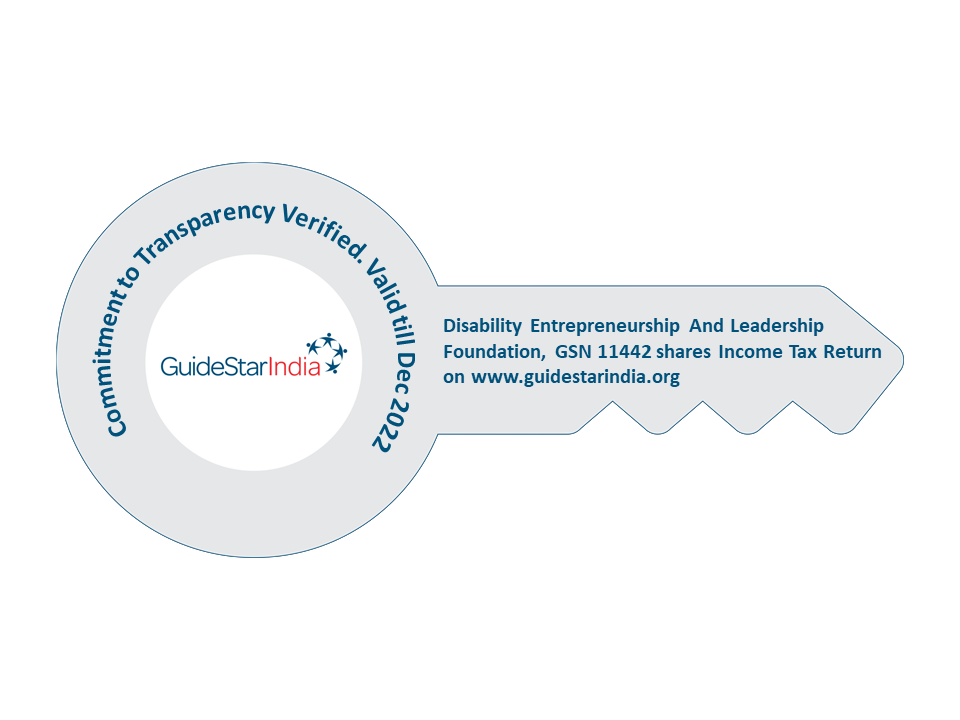The physical and mental benefits of regular exercise are well known. If you’re disabled, incorporating regular and appropriate exercise can help with many health conditions while keeping you active, improving your mood and wellbeing. Also, depending on the type of activity, there is some added social element too.
The problem with new fitness regimes is that they can be hard to stick to. So ensure your new goals will last the distance. It is important to be realistic and choose activities that you’ll enjoy and that you can easily incorporate into your daily routine.
Here is five ways to get fit and stay healthy if you’re disabled:
- Start slowly with exercises that suit you
Don’t make your decision too complicated or ambitious. Sometimes lots of ideas do bubble up. Stripping it back to a few simple goals will help you to practically work out how to achieve them.
It is very important to be realistic if you have not exercised for a while or have limited mobility. So whether it’s as simple as using meditation apps on your smartphone or trying a new exercise class, incorporating some regular exercise or activity into your life is a good enough place to start.
It can also make a massive difference over time. Regular exercise can help protect against a range of health conditions, including stroke, heart disease, diabetes and cancer as well as helping you to be more mentally resilient and happier.
- Get started with some healthy habits
It usually takes a while to create a new ‘get-active’ habit. It is therefore good to start with small, healthy changes to your day-to-day routine instead of introducing sweeping fitness reforms that could clash with your essential routine.
The way to start is to look at your typical day and see what exercises could be naturally incorporated like taking a daily stroll, using the stairs if you can or simple stretching etc. Getting active each day can be the sum of shorter bursts of activity that all add up.
- Create an exercise routine
You can boost your daily activity by adding some simple but effective exercises that can be slotted into your routine without the need of expensive equipment. Some of the possible exercises that you could do at home are
Deep breathing
Seated leg raises
Arm stretches
Seated shoulder press etc.
- Don’t do it alone
There is nothing like doubling up with a friend for that extra motivation. It means that you are more likely to keep going if you have an exercise buddy you don’t want to let down.
Joining classes or groups is also a great way to find new friendships, widen the range of activities you do and set continual fitness goals.
- Go large
To turn your fitness goals into an integral part of your life, you need to keep yourself nicely challenged. So once the seeds of regular daily activity have taken hold and your confidence and fitness are improving, you may want to start setting your sights higher.
Swimming, weightlifting, walking, running, wheelchair exercise classes and dancing are just some of the activities that could take you and your fitness goals to a whole new level and make your new fitness goals a long-term lifestyle.
Physical activity plays an important role in maintaining health, well-being, and quality of life. Any amount of physical activity that gets your heart beating faster can improve your health. Some activity is better than none. For even greater health benefits, the Guidelines recommend that all adults, with or without disabilities, get at least 150 minutes (2.5 hours) of aerobic physical activity per week. Activities can be broken down into smaller amounts, such as about 25 minutes a day every day. Muscle-strengthening activities, such as adapted yoga or working with resistance bands, provide additional health benefits.
(Source: disabilityhorizons.com)


 Awarded by Guidestar India
Awarded by Guidestar India